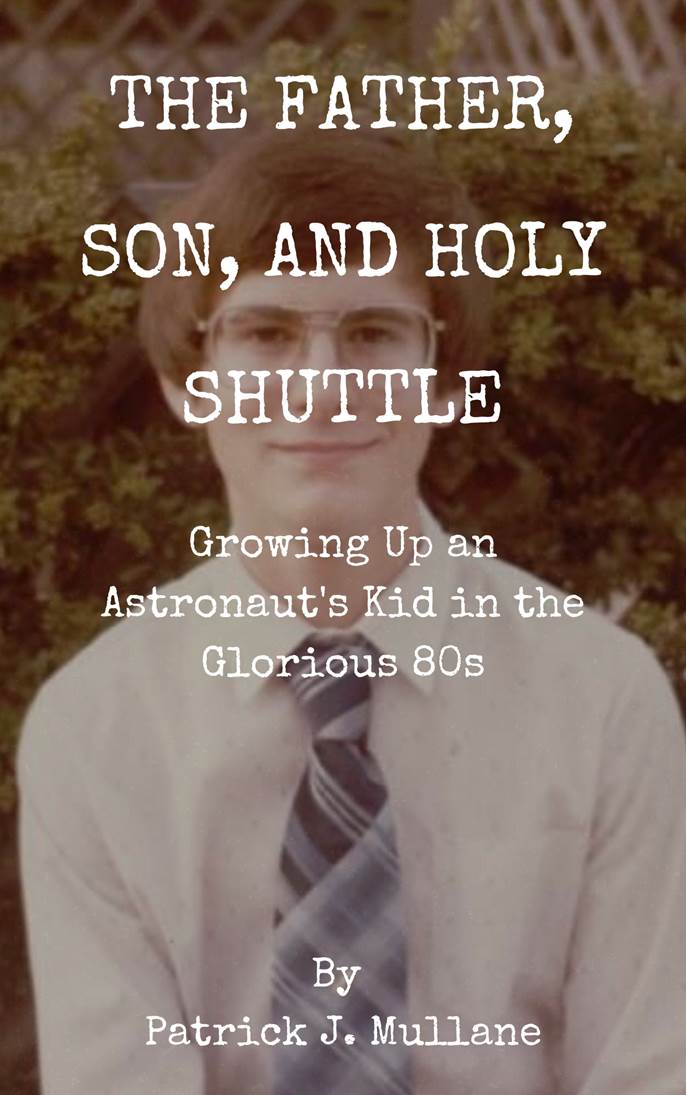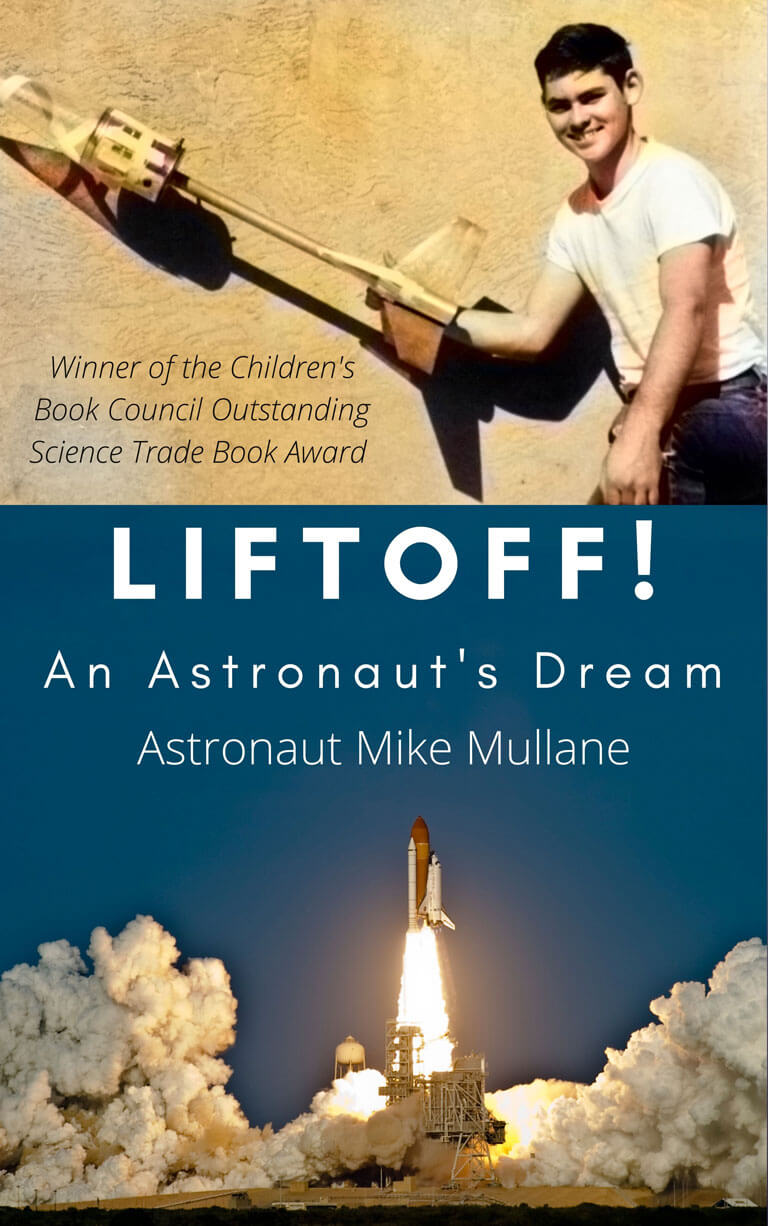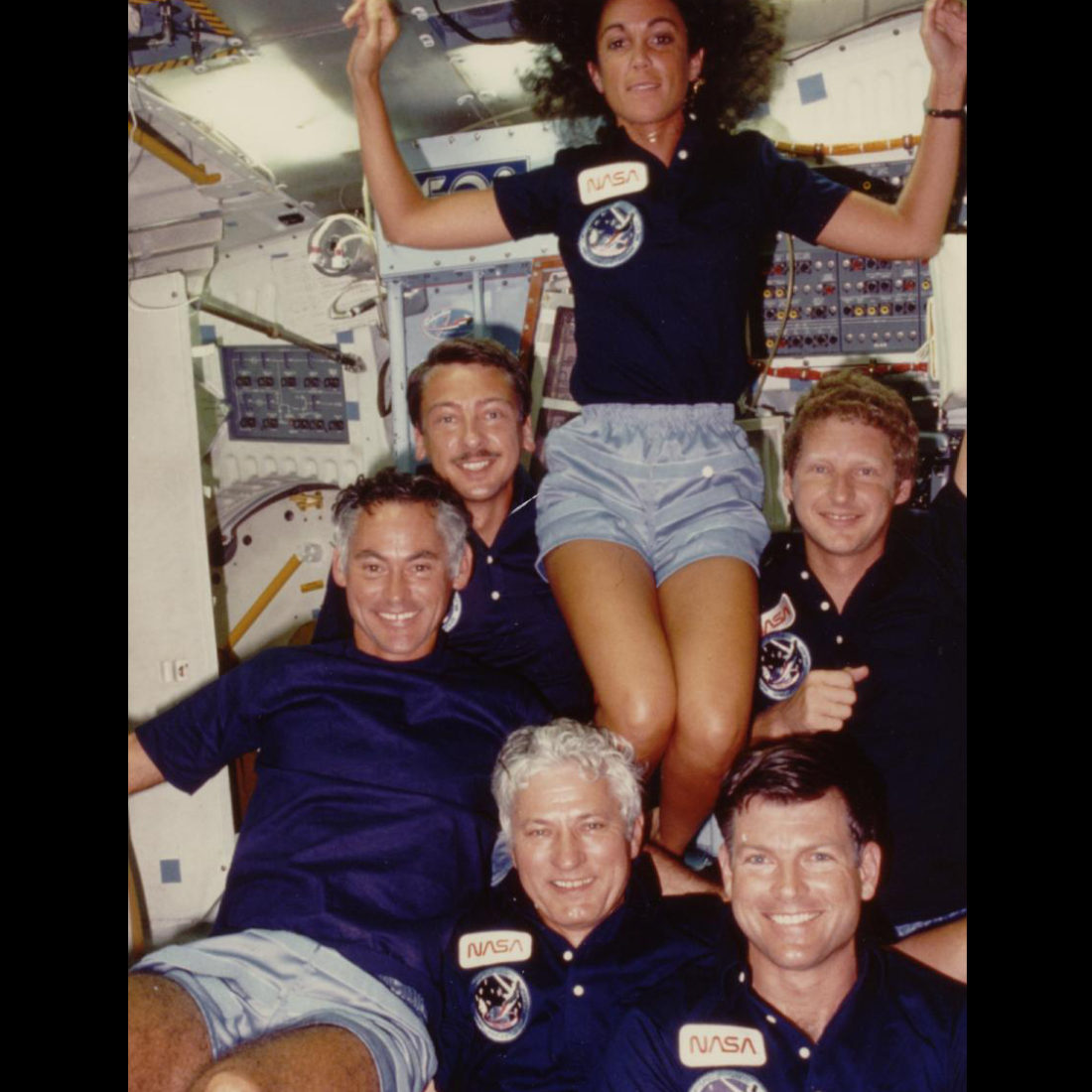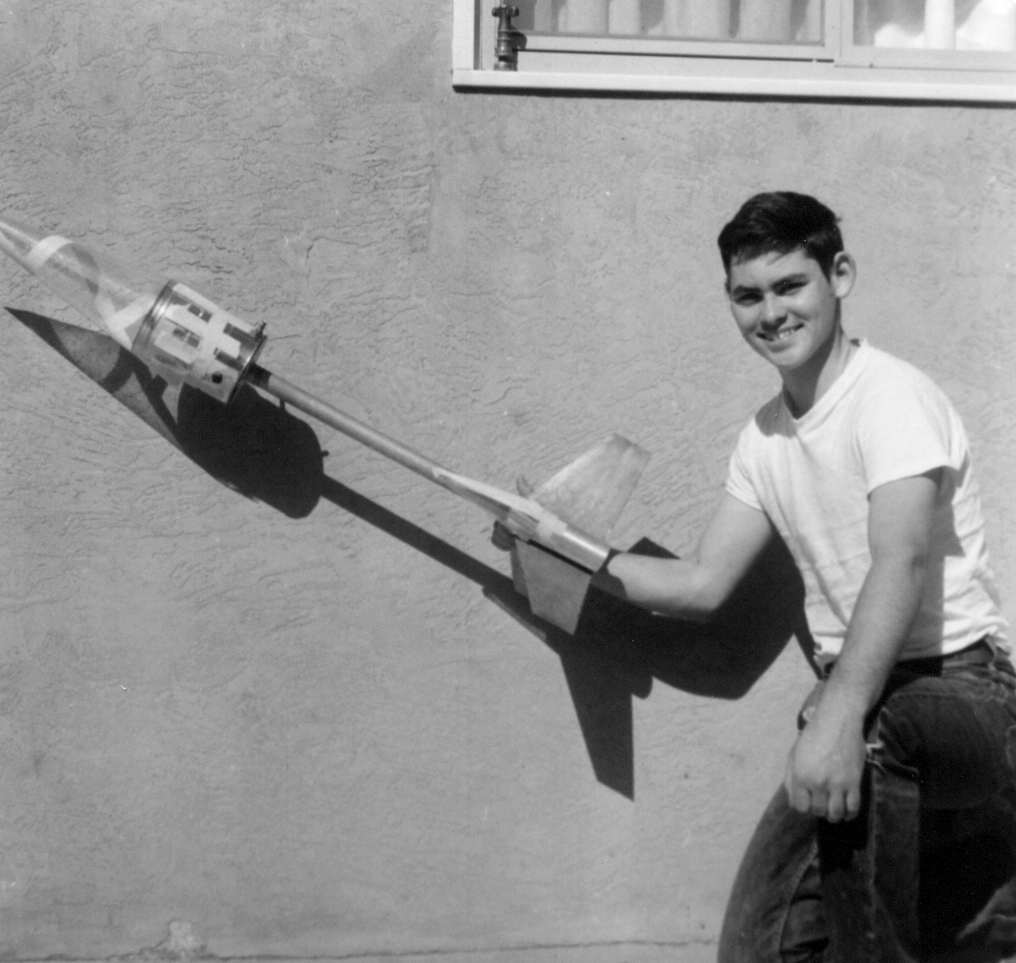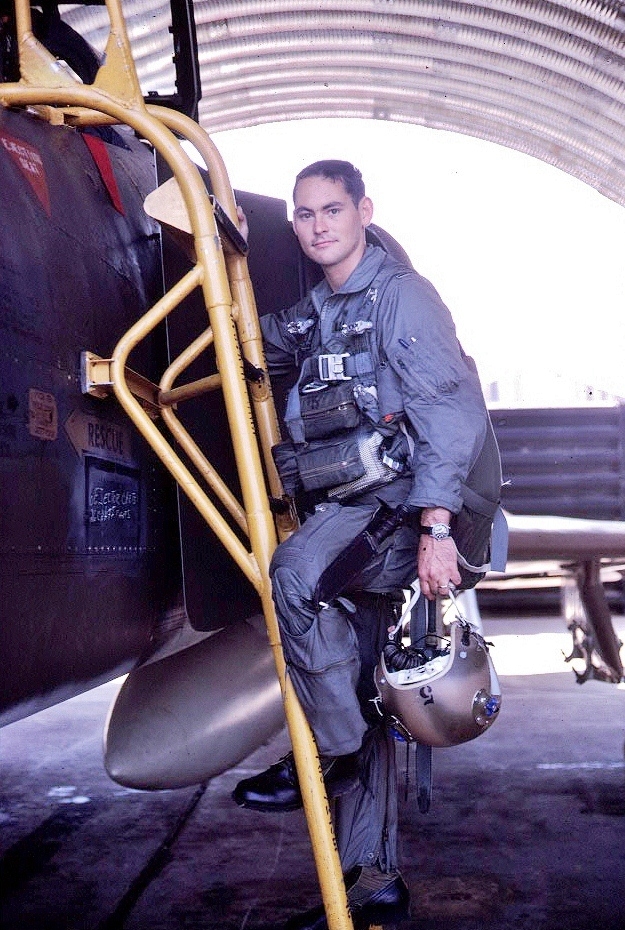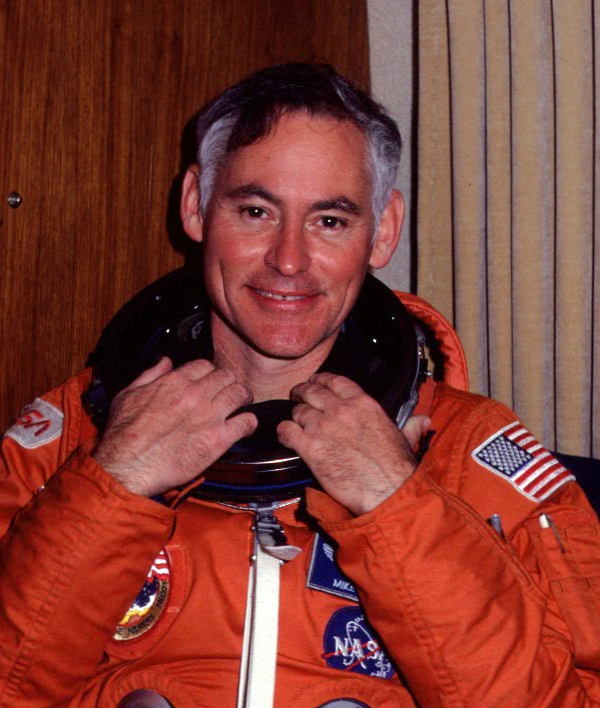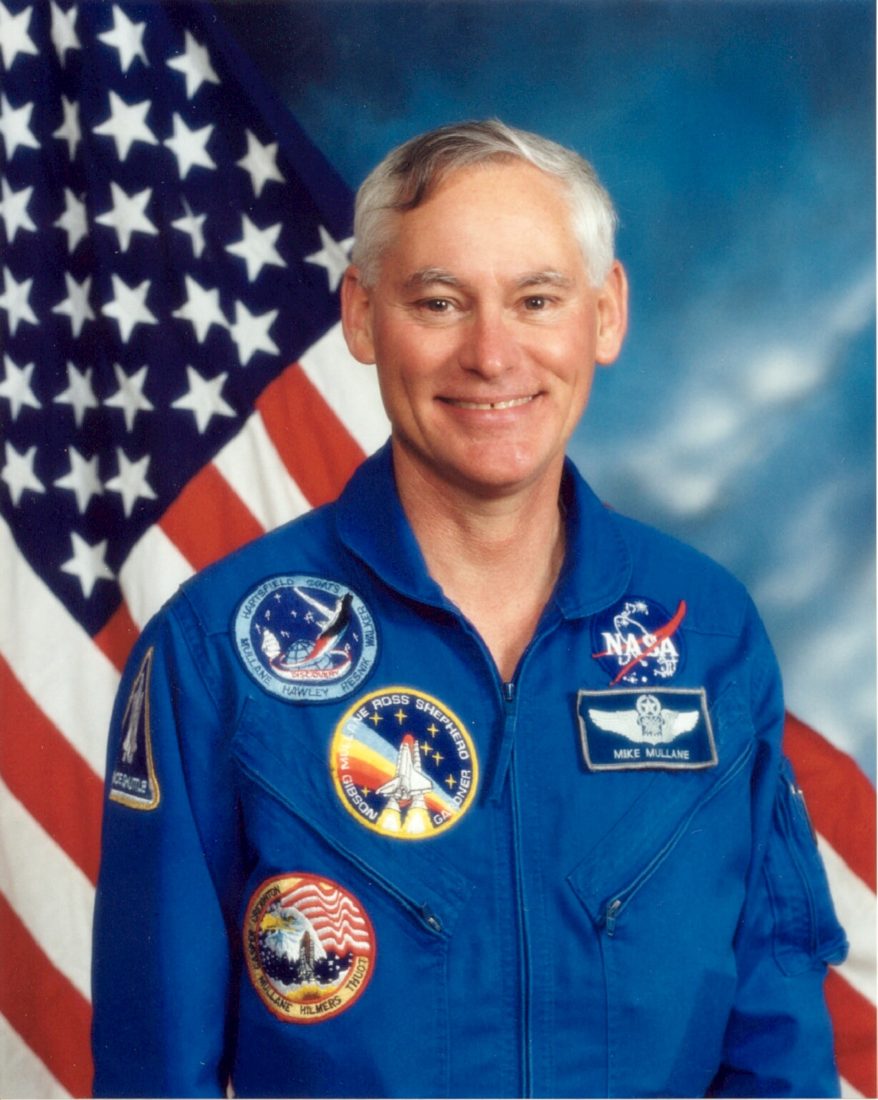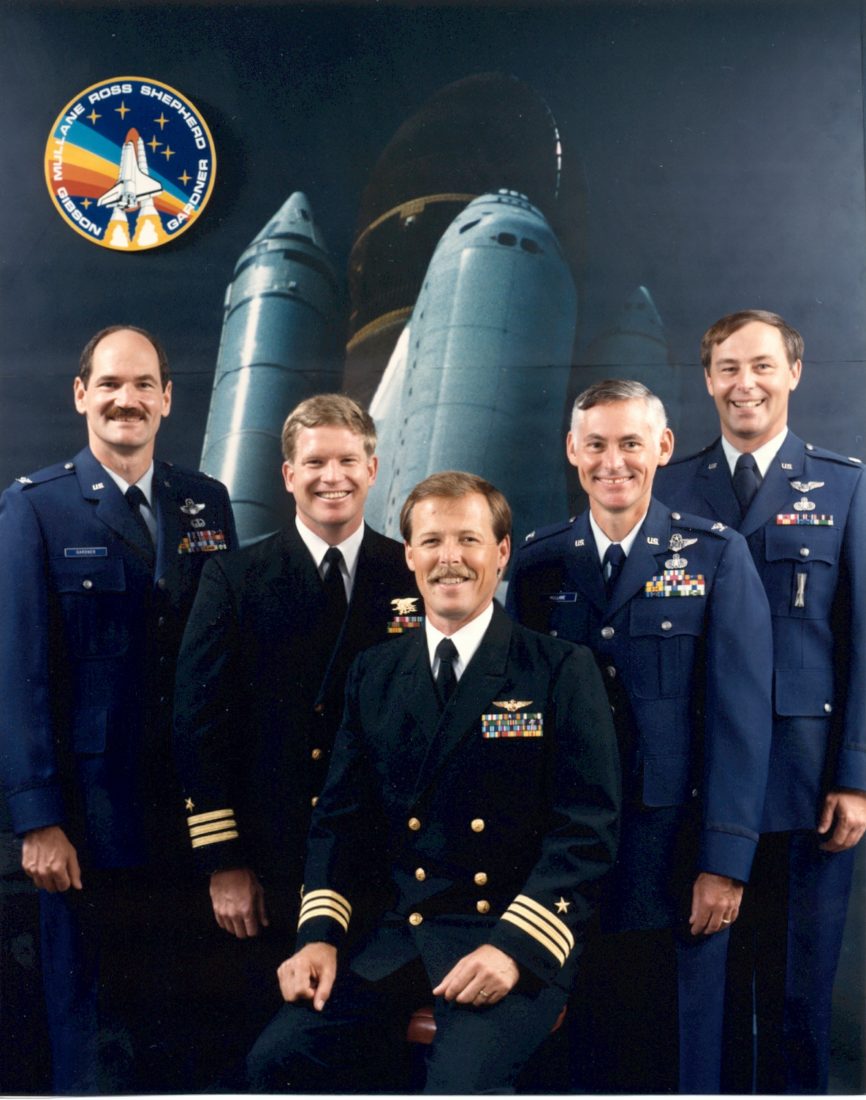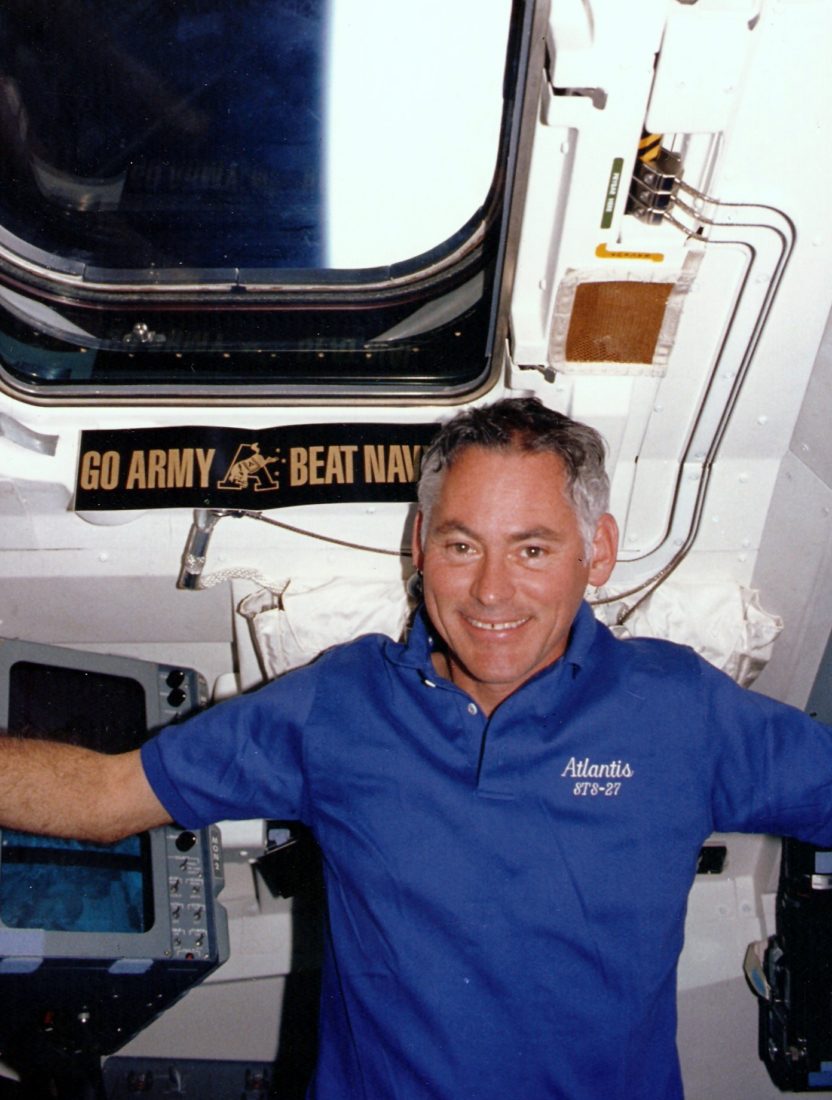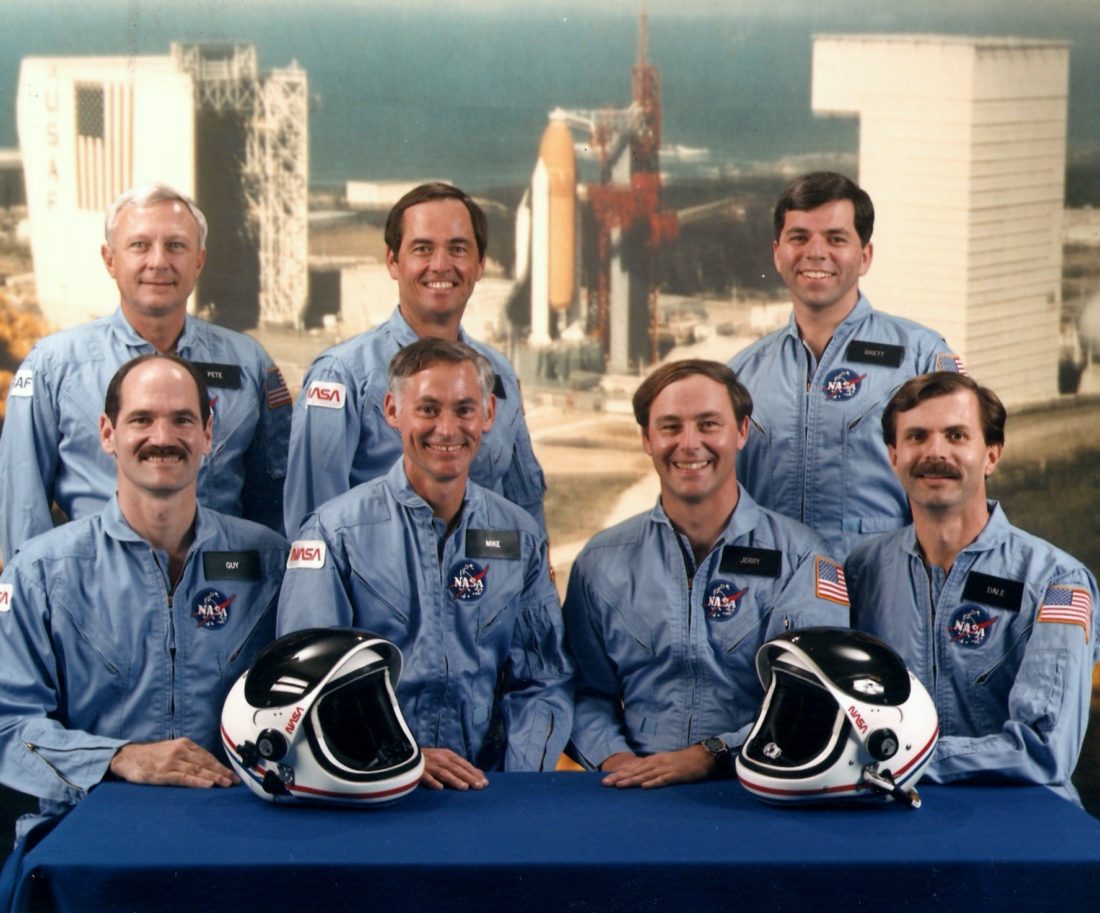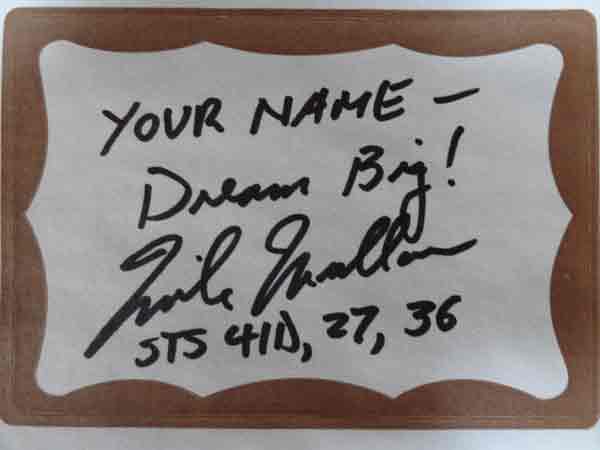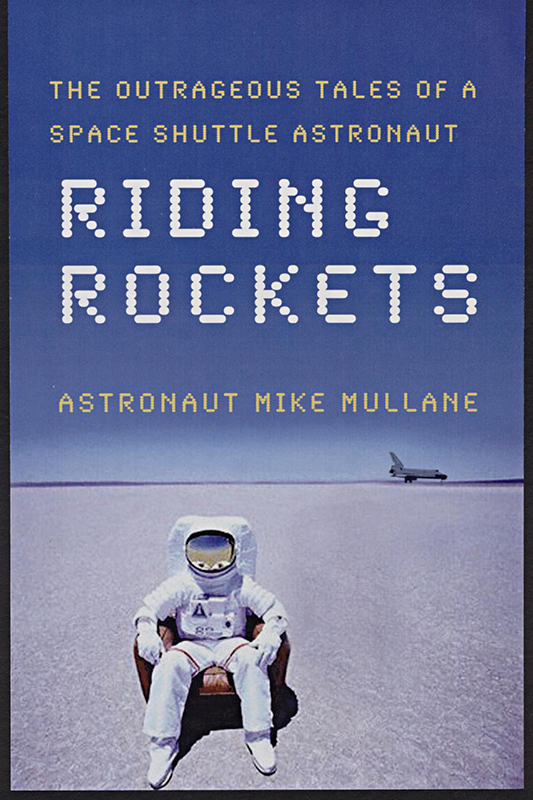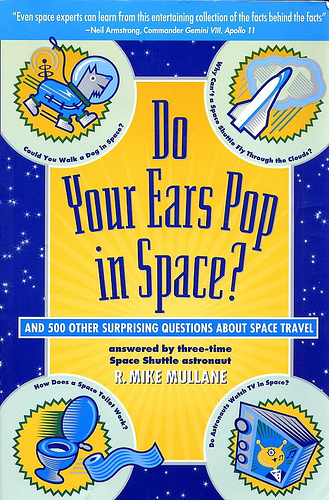Several weeks ago, I was on a business trip to New Zealand. Looking from the window during the day portion of the nearly 13-hour nonstop flight from Los Angeles to Auckland, my memory was refreshed on the unrelieved immensity of the Pacific Ocean. It was an immensity I first came to appreciate during my rookie space shuttle mission in 1984. An excerpt from my memoir, Riding Rockets, says it best,
“…then Discovery was once again over Pacific skies. The view of that ocean always intimidated me…its blue seemed as infinite as space. How much greater its immensity must have seemed from a Polynesian outrigger or from the decks of Magellan’s ships. We astronauts are frequently characterized as heroes and heroines for sailing into a great unknown. In reality, no astronaut has ever sailed into an unknown. We send robots and monkeys ahead to verify our safety. Magellan didn’t put a monkey on a ship and wait for it to safely return before going himself. He and those Polynesians set sail without maps, without weather prediction, without a mission control, without any idea of the immense emptiness that lay beyond their meager three-mile horizons. It is laughable to compare astronauts with those explorers. The next humans who fly into a great unknown will be those souls who set sail to Mars and watch our planet dim to a blue-white morning star.”
A Polynesian group known as the Māori, were the first humans to arrive in New Zealand about 1000 years ago, making it one of the last places on Earth to be occupied by humans. It is believed those settlers came from what is now French Polynesia…and they did so in outrigger canoes. Craft made without any metals whatsoever.
Now, look at the photo of the Pacific taken from the window of Discovery. Imagine sailing that blue desert in something so small and frail as a canoe. I shiver in fear at the thought. 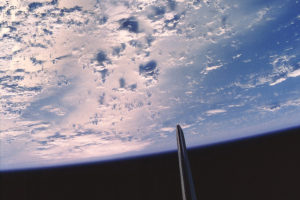 Dawn after dawn, perhaps for months, those people awoke to nothing but an infinite blue horizon. How many were lost? It’s impossible to know. And another thought to consider. The islands of New Zealand were occupied in multiple migrations, meaning that after reaching these islands some of the Māori, turned around and sailed back to their homelands to bring others. In this entire migratory process, the only navigation tools they had were eyeball observations of the stars, winds and currents. They had no clock, sextant, compass…nothing but the wisdom of past generations.
Dawn after dawn, perhaps for months, those people awoke to nothing but an infinite blue horizon. How many were lost? It’s impossible to know. And another thought to consider. The islands of New Zealand were occupied in multiple migrations, meaning that after reaching these islands some of the Māori, turned around and sailed back to their homelands to bring others. In this entire migratory process, the only navigation tools they had were eyeball observations of the stars, winds and currents. They had no clock, sextant, compass…nothing but the wisdom of past generations.
Contrast these journeys of the Māori to astronauts flying through space. Our voyages are made in billion dollar machines monitored by teams of experts in our Mission Control Center. 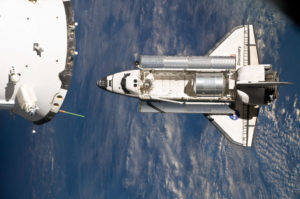
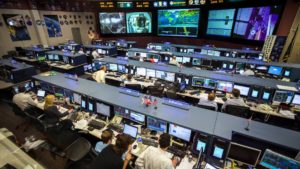 Multiple electronic devices, in the form of GPS, inertial measuring units (IMUs) and star-trackers, supplemented with updates from ground-based tracking radars, did our navigation. The honorific, ‘Master Navigator’ can never be bestowed on astronauts. It is indeed laughable to compare us with those Māori explorers.
Multiple electronic devices, in the form of GPS, inertial measuring units (IMUs) and star-trackers, supplemented with updates from ground-based tracking radars, did our navigation. The honorific, ‘Master Navigator’ can never be bestowed on astronauts. It is indeed laughable to compare us with those Māori explorers.
As reflected in my memoir, I believe the next astronauts who can be legitimately inducted into the pantheon of heroic explorers, and take a position next to the Māori, will be the first crew to get the call from their MCC, “You’re go for the trans-Mars burn.” At engine ignition, they will feel the squeeze of g’s and watch the ship’s computers count upward to Earth-escape-velocity. At engine shutdown, they will probably turn to each other with bright smiles and exchange handshakes. 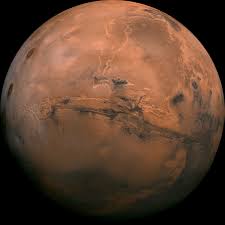 As those Māori achieved a sort of escape velocity from their mother island, that Mars crew will be irrevocably committed to their journey from the cosmic island we know as Mother Earth. In every sense of the words, they will be setting sail into the great unknown. Godspeed to whomever they are.
As those Māori achieved a sort of escape velocity from their mother island, that Mars crew will be irrevocably committed to their journey from the cosmic island we know as Mother Earth. In every sense of the words, they will be setting sail into the great unknown. Godspeed to whomever they are.
Text is copyrighted 2017 by Astronaut R. Mike Mullane
Photos are by NASA.
